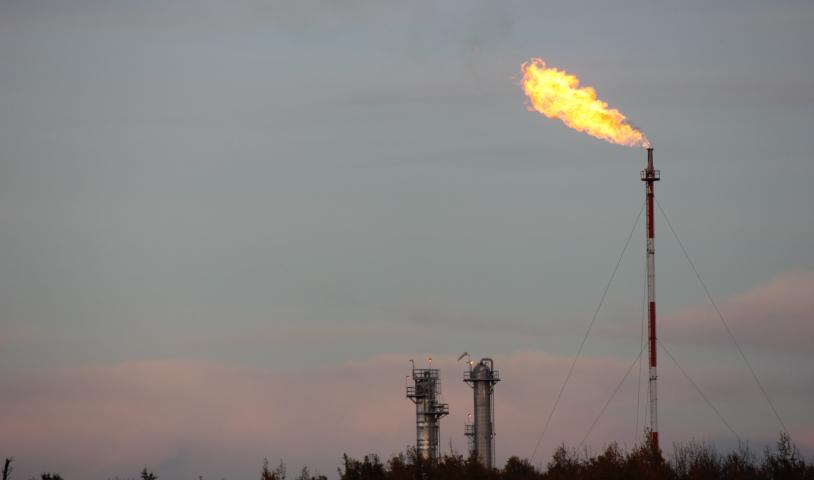Ashlu Power Project Killed Fish and Damaged Habitat
Monday, March 12, 2012
VANCOUVER – A 3,000 page freedom of information request (FOI), provided to the Wilderness Committee, on the contentious Ashlu Creek private power project has revealed repeated environmental incidents resulting in fish strandings, fish kills and damage to fish habitat.
“Last year we received a tip that there were serious problems with the Ashlu Creek facility. Prior to that we had been hearing rumours that the power project was having significant problems with ramping and malfunctions at the plant resulting in fish kills,” said Gwen Barlee, Policy Director with the Wilderness Committee. “The person who called me said: ‘they are killing the river;’ so after that phone call I immediately submitted a FOI to confirm what was happening.”
The FOI showed:
- Repeated problems with fish strandings and fish kills. “The potential impact to fish values in this river are very significant and ongoing. Efforts to address the risks through ongoing engagement with operators has not been satisfactory . . . ”
- “The finished grade on the blasted rock channel downstream of the Ashlu Obermeyer weir is not acceptable, and is not as was designed. The surface contains deep pockets that will repeatedly trap fish when flows recede from the area.”
- “DFO staff have indicated this is prime spawning season time for rainbow to migrate up above the headpond for spawning; and that, currently, this is not possible.”
- “FYI: lotsa dead fish from yesterday’s Ashlu episode . . . will be interesting to see DFO’s reponse.”
- “I agree, their requirement is to keep the fish ladder functional, and this is the key time of year regardless of whether they think they are ‘losing too much water’ to keep it operational.”
- “Is DFO pursuing an investigation into this event? . . . For our efforts to be worthwhile, these type of incidents need to be dealt with swiftly and with force.”
- “We know from the ramping-induced fish kill of May 2010 that new emerged/very young fry are present in this affected area downstream of the powerhouse (chum, Chinook, coho). As well juvenile steelhead and bull trout fry were also likely present in the area.”
Hydroelectric facilities typically have the capability of increasing and decreasing flow levels downstream of the facilities; this is known as “ramping.” Ramping down the river flow has the potential to strand fish in areas of the channel that are relatively flat, or where pockets or side channels exist in the river channel. Ramping can also result in egg dewatering and spawning interference.
The Ashlu Creek hydroelectric project is a 49.9MW facility located 35 kilometres northwest of Squamish BC. The facility is owned by Innergex (Ashlu Investments Limited Partnership), a Quebec-based energy corporation.
“Private power projects weren’t supposed to be built in fish habitat and they weren’t supposed to impact fish,” said Barlee. “Now we are seeing serious problems in regards to fish stranding, kills and habitat damage. This is unacceptable to British Columbians. None of these projects should be located in fish habitat and if they aren’t operating within the law they should be shut down. ”
—30—
Contact:
For more information please contact: Gwen Barlee, 604-202-0322 (c) or 604-683-8220 (w)





